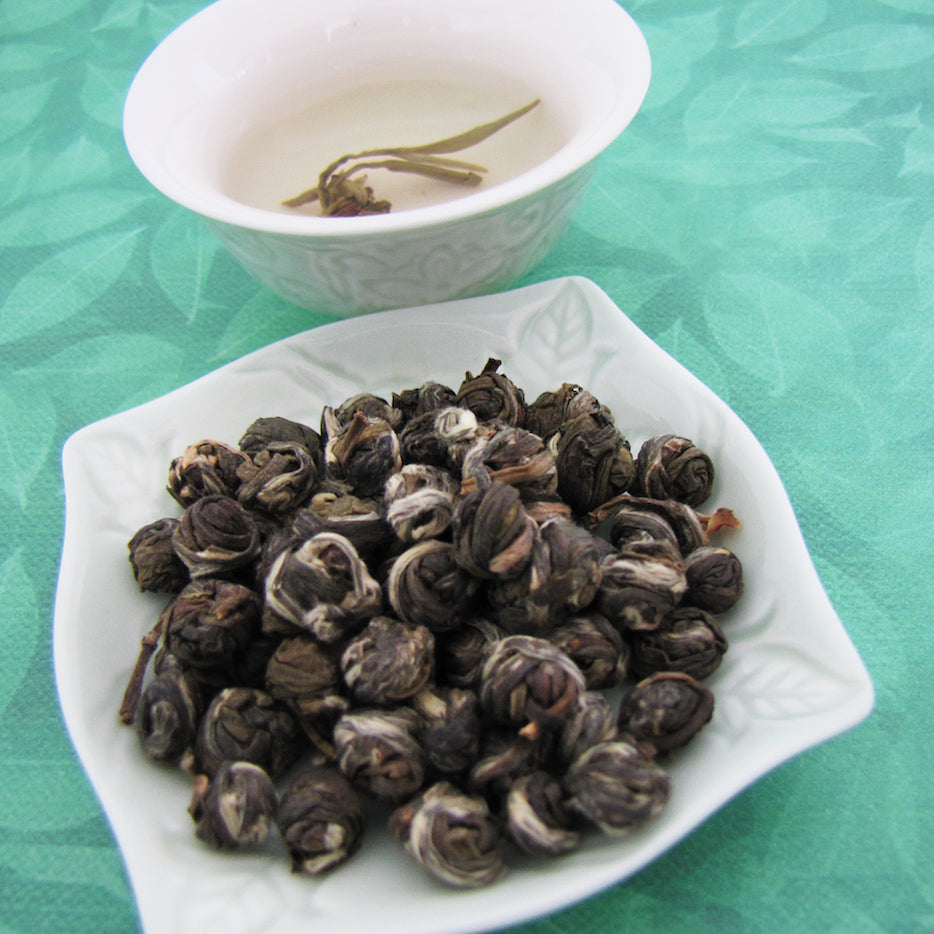Quick Guide to White Tea
Posted by SALINA - TEAS.COM.AU

White tea got its name from the light colour / almost colourless brew.
Treasured by many Chinese tea drinkers, researches suggest white tea has more antioxidants than green tea. White tea has gone through the most natural (pick and dry) process in terms of tea processing and requires more generous brewing time (Pai Mu Tan 2-3 minutes, Silver needles 5 minutes).
Almost all white tea comes from China, except some new varieties from India in the recent years.
Yin Zhen (Silver Needle) | Sow Mee (Old Man's Eyebrows) | Pai Mu Tan (White Peony) |
Buying tips for White Tea:
White tea is brittle and delicate. So buy from reputable tea supplier that takes care in packing your tea before posting to you.
If you are buying from (physical) tea shops and an assistant is scooping it out to your order, keep an eye on how they scoop. The shuffling action will cut into the brittle leaves, makes your tea more crumbly.
If you are buying boxes of white tea already packaged, buy from reputable tea shops that bring in fresh batches.
White tea is not your "popular tea" that runs off the shelves, so some suppliers buy bulk to reduce the cost, but the tea is not moving in an ideal rate, so customers end up buying old stock.
China is still the main country making white tea although the craft of making such fine tea is not appreciated by the mass tea market. Some tea makers even give up on making white tea and move onto making "more profitable" green tea and black tea.
Some new varieties of white tea com from India and Sri Lanka in the recent years.
From the tasting perspective, Yin Zhen is lightest in taste, then Pai Mu Tan, then Sow Mee.
The most popular White tea is Jasmine Dragon Pearls (Buddha Tears and Downy Pearls are similar - see more details here)
SHOP FOR WHITE TEA |

AUSTRALIA'S FINEST LOOSE LEAF TEAS
Explore Australia's largest selection of Premium Teas & All-Natural Organic Herbal Blends.





